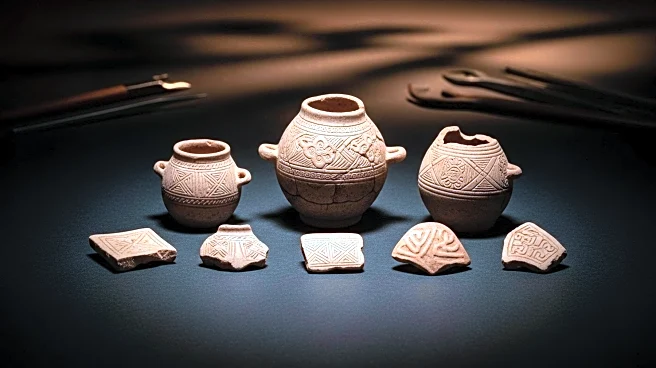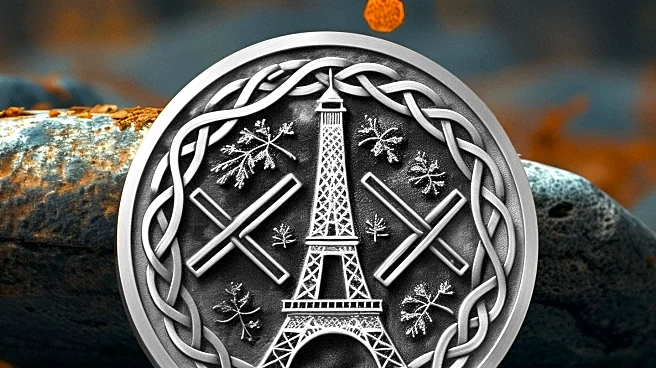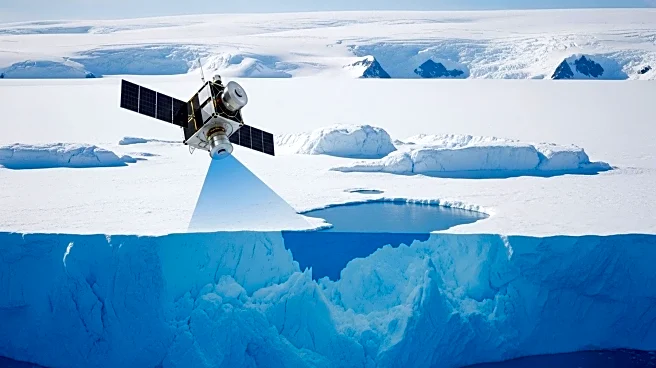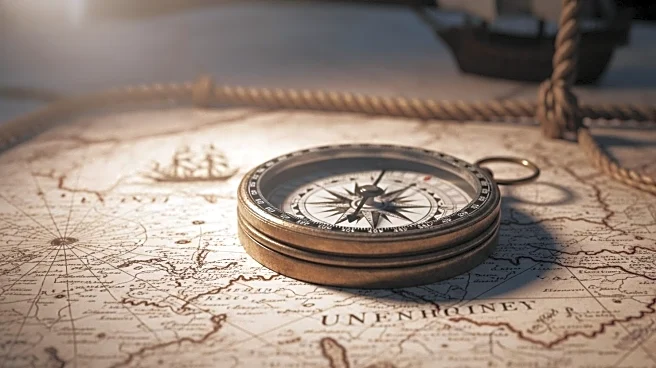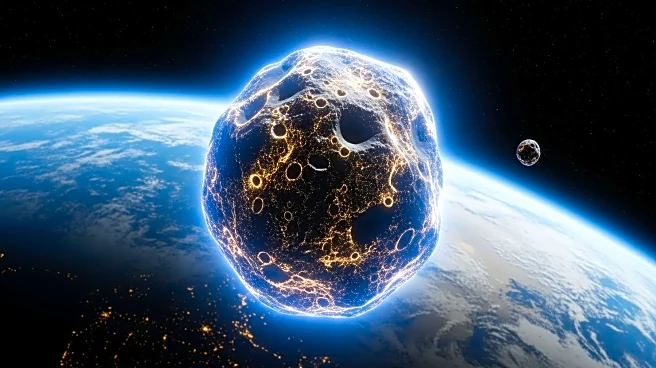What is the story about?
What's Happening?
A recent study by Jukka Tuhkuri, a researcher at Aalto University, has uncovered significant structural deficiencies in the ship Endurance, which was led by British polar explorer Sir Ernest Shackleton. The study, published in the journal Polar Record, reveals that the ship was not as robust as previously believed, particularly in its ability to withstand compressive pack ice conditions. Despite being widely regarded as the strongest polar ship of its time, Endurance had several weaknesses, including weaker deck beams and frames, a longer machine compartment, and a lack of diagonal beams to strengthen the hull. These deficiencies contributed to the ship's inability to survive the harsh Antarctic conditions, leading to its sinking in 1915. Shackleton was aware of these issues before the expedition, as he had expressed concerns about the ship's design to his wife and had previously recommended stronger designs for other polar ships.
Why It's Important?
The findings of this study challenge the long-held narrative that Endurance was the strongest polar ship of its era, with its sinking attributed mainly to a rudder problem. This revelation not only reshapes historical understanding but also highlights the importance of structural integrity in ship design, especially for vessels operating in extreme environments. The study raises questions about Shackleton's decision-making, as he was aware of the ship's limitations yet chose to proceed with the expedition. This could have implications for how historical figures are perceived, particularly in terms of their judgment and decision-making under pressure. The research also underscores the need for rigorous technical analysis in historical studies, providing a more nuanced understanding of past events.
What's Next?
While the study does not diminish Shackleton's achievements in ensuring the survival of his crew, it opens the door for further research into the decision-making processes of historical expeditions. Future studies may explore the financial and time constraints that influenced Shackleton's choices, as well as the broader implications of these decisions on polar exploration. Additionally, the findings could prompt a reevaluation of other historical narratives where technical and structural factors played a critical role. Scholars and historians may seek to apply similar analytical methods to other historical events, potentially leading to new insights and understandings.
Beyond the Headlines
The study's findings also touch on broader themes of human error and the limits of technology in extreme environments. It raises ethical questions about the responsibilities of leaders to ensure the safety of their teams, especially when aware of potential risks. The research highlights the delicate balance between ambition and caution in exploration, a theme that resonates with contemporary challenges in fields such as space exploration and climate change adaptation. By revisiting historical events with a critical eye, the study encourages a more comprehensive approach to understanding the past, one that considers both human and technical factors.
AI Generated Content
Do you find this article useful?


